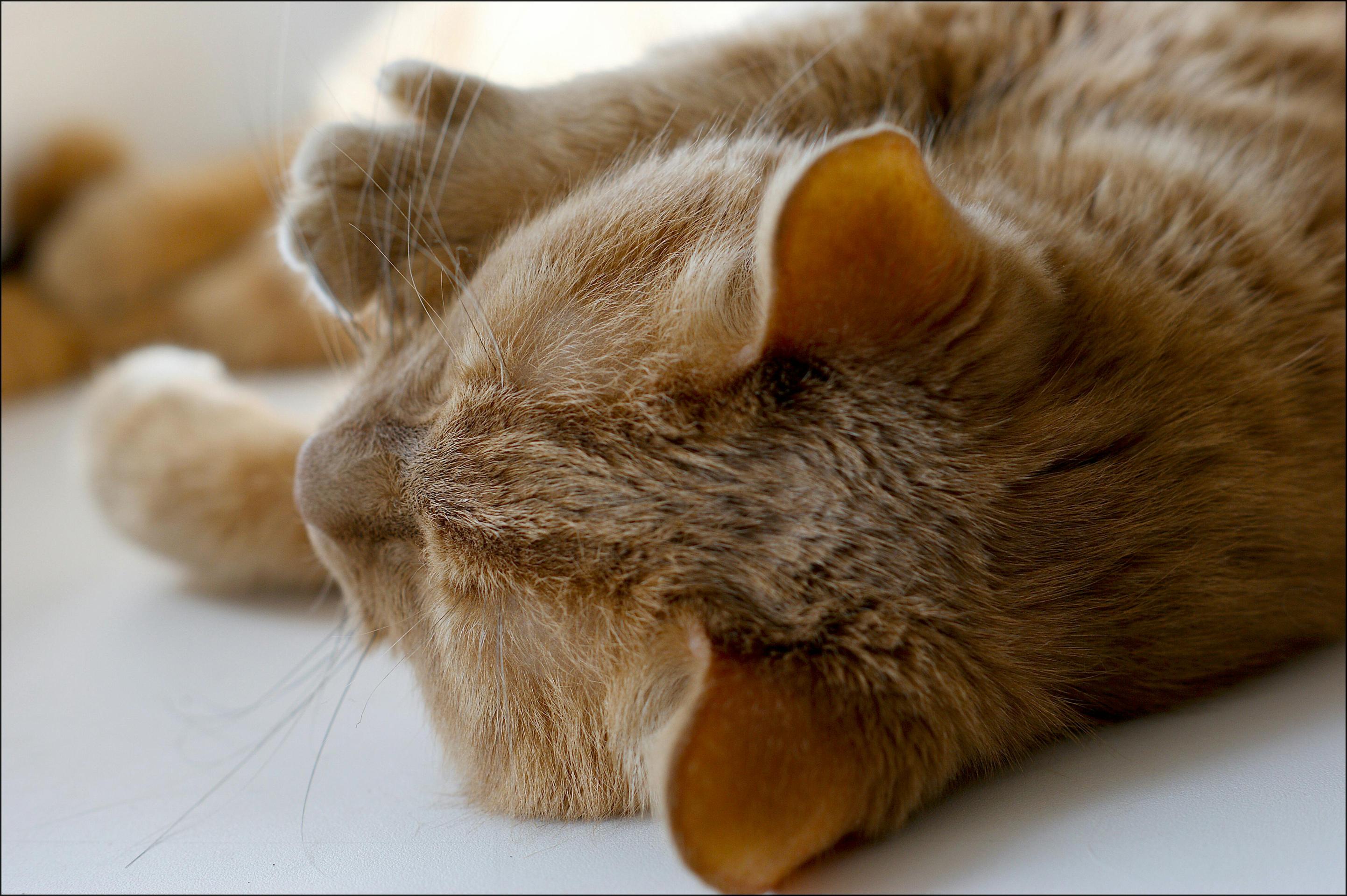At Ingleside Animal Hospital, we understand how important it is to keep your feline companions happy and healthy. As the seasons change, so too do the potential health challenges our pets may face. One common issue that many cats experience, especially during the warmer months, is seasonal allergies. If your cat has been sneezing, itching, or showing signs of discomfort, it may be suffering from seasonal allergies. In this blog post, we'll help you understand what seasonal allergies are, how they affect your cat, and what you can do to ease their symptoms.
What Are Seasonal Allergies in Cats?
Seasonal allergies, also known as hay fever or allergic rhinitis, are immune system reactions triggered by environmental allergens. In cats, these allergens can include pollen from trees, grasses, and weeds, as well as dust mites, mold, and even certain perfumes or cleaning products. Just like humans, cats can develop sensitivities to these irritants, especially during the spring and fall when pollen counts are high.

Symptoms of Seasonal Allergies in Cats
Unlike humans who tend to develop sneezing and congestion when exposed to allergens, cats tend to experience different symptoms. Here are some common signs that your cat may be suffering from seasonal allergies:
-
Itchy Skin: One of the most common signs of allergies in cats is itching. If your cat is scratching excessively or licking their paws, belly, or legs, this could indicate an allergic reaction.
-
Ear Infections: Allergies can cause inflammation in the ear canals, leading to infections. If your cat is shaking their head, scratching at their ears, or showing signs of discomfort, it could be a sign of an allergic response.
-
Sneezing and Nasal Discharge: While not as common as skin-related symptoms, some cats do develop sneezing or a runny nose when exposed to allergens.
-
Watery Eyes: Just like people, cats can develop watery eyes or conjunctivitis (inflammation of the eye) due to allergies. If your cat’s eyes appear red, swollen, or watery, it’s worth investigating further.
-
Coughing or Wheezing: Some cats may show respiratory symptoms such as coughing or wheezing, particularly if they are allergic to airborne particles like pollen or dust.
-
Lethargy: Chronic discomfort can make cats feel more tired than usual. If your cat seems unusually sluggish or withdrawn, it could be due to the discomfort caused by allergies.
Causes of Seasonal Allergies in Cats
The primary cause of seasonal allergies in cats is their exposure to airborne allergens, including:
-
Pollen: Grasses, trees, and flowers release pollen, especially in the spring and fall. Cats that spend time outdoors are more likely to be affected by pollen.
-
Dust Mites: While dust mites can be present year-round, they may become more problematic in the fall when homes are sealed up for the winter, trapping allergens inside.
-
Mold: Damp environments encourage mold growth, which can release spores into the air. Cats with mold allergies may show symptoms more frequently in areas with high humidity.
-
Pollution & Smoke: In urban areas, pollution and smoke can also contribute to allergic reactions in pets, though this is typically more common in dogs.
How to Manage and Treat Seasonal Allergies in Cats
If you think your cat might be suffering from seasonal allergies, don’t worry—there are steps you can take to help them feel better.
1. Visit Your Veterinarian
If your cat is showing signs of allergies, the first step is to consult with your veterinarian at Ingleside Animal Hospital. Your vet can help determine if your cat’s symptoms are indeed caused by seasonal allergies or if there might be another underlying health condition. They may suggest testing, such as blood tests or skin tests, to pinpoint the specific allergens causing the reaction.
2. Minimize Exposure to Allergens
While it’s impossible to completely eliminate allergens from your cat’s environment, there are some steps you can take to minimize exposure:
- Limit Outdoor Time: During high pollen seasons, try to keep your cat indoors as much as possible.
- Clean Regularly: Vacuum your home often, and use air purifiers to reduce dust, pollen, and dander in the air.
- Bathe Your Cat: If your cat allows it, giving them a gentle bath can help remove pollen and other allergens from their coat.
3. Medications
Your veterinarian may recommend antihistamines, corticosteroids, or other medications to help control your cat’s allergic reactions. These can be administered orally, topically, or in some cases, through injections. Always follow your vet's instructions when administering medications to ensure your cat’s safety.
4. Topical Treatments for Itchy Skin
If your cat is suffering from itchy skin, topical treatments like medicated shampoos, sprays, or wipes can help soothe irritation. In some cases, your veterinarian may recommend special flea collars or prescription creams to help reduce itching.
5. Adjust Diet and Supplements
In some cases, dietary changes or supplements may help reduce allergic reactions. Omega-3 fatty acids, found in fish oil, can help reduce inflammation and itching. Discuss with your veterinarian whether adding supplements or changing your cat's food might be beneficial.
6. Prevent Secondary Infections
Allergic reactions can lead to secondary infections, such as bacterial or yeast infections, particularly in the ears or on the skin. If your cat's allergies lead to these complications, your vet may prescribe antibiotics or antifungal medications.
Keeping Your Cat Comfortable During Allergy Season
Seasonal allergies in cats can be a challenge, but with proper care, most cats can live comfortably despite the presence of allergens. By being proactive and working closely with your veterinarian, you can help manage your cat’s allergies and ensure they continue to lead a happy, healthy life.
If you have questions and you'd like to reach out to us, you can call us directly at (602) 833-7511, or you can email us at [email protected]. Don't forget to follow us on social media Facebook, Instagram.
